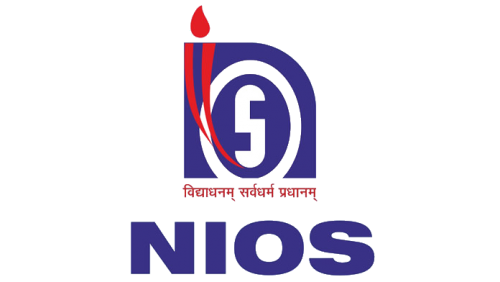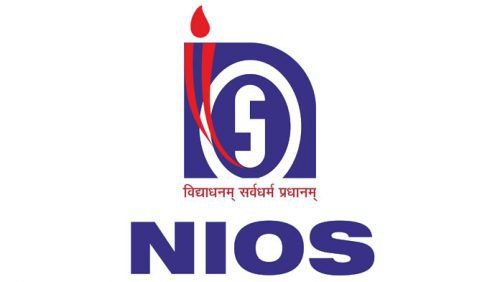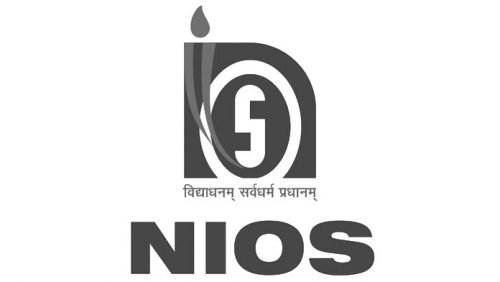The India-based National Institute of Open Schooling (NIOS) is considered the world’s most prominent Open Schooling System. The NIOS logo is based on a rather well-known symbol of education, and yet, it manages to preserve a unique style.
Meaning and history
The educational project was conceived in the Ministry of Human Resource Development of the Government of India. The so-called National Open School was founded in 1989. Initially, its primary aim was to promote literacy, but over time it has been growing larger, while its ambitions have been stretching further. While increasing literacy in both rural and urban areas has stayed among the main aims, the system now includes various subjects on various levels.
The current name, the National Institute of Open Schooling, was adopted in 2002. The number of people enrolled in 2004-2009 reached 1.5 million. Every year, around 350,000 students start education within the system. These numbers give the Institute the right to call itself the most significant open schooling system in the world.
Today, it works as a board administering examinations for Secondary and Senior Secondary students of the open school. In a way, these examinations are similar to the CBSE and the CISCE. In addition to this, the Institute provides a choice of vocational courses, on which students may enroll after the high school. While the system was founded for distance education, it includes quality formal and regular programs equivalent to CBSE.
Symbol
The primary NIOS logo includes two parts: the pictorial part, which dominates the design, and the lettering, which is placed below.
At the center, a large white s-shaped (or 5-shaped) element can be seen. The shape is placed inside a thick white ring. For some reason, this looks a bit like a number on a basketball or football player’s uniform.
However, the s-shaped element is just the background for what appears to be the most eye-catching part – a burning torch. While the torch itself is depicted in a way that leaves you in doubt what is actually pictured here, the flame and its red color make the message clear. The torch has been one of the most popular symbols of education. A teacher shares his knowledge with his students in the same way as a torch share the flame. The knowledge will bring light to their lives and help them find their way like a torch does.
The design is placed in a solid blue shape that could be described as a quarter of a square with rounded corners. Below the shape, there’s the name of the institution in Hindi.
Icon version of the emblem
In addition to the main logo, the brand identity includes its compact version. It can be seen, for instance, as an icon on the website, above the address line. To adapt the emblem to the new visual context, the designers modified its proportions. They cut the lower part of the logo including the lettering and part of the picture. In comparison with the old primary logo, this one is flatter. Interestingly, it reminds an eye, although this probably hasn’t been done deliberately.
We should point out, though, that the second logo isn’t the result of the evolution of the main one, but rather an adaptation.
Font
One of the characteristic features of the NIOS logo is its typography. Unlike most other large organizations in India, NIOS hasn’t explained the meaning of the lettering by providing it with an equivalent in English – the lettering is given only in Hindi. This fact probably is supposed to emphasize the project was created for the people of India.
Colors
The bright shade of red seems a perfect fit for the flame theme. It’s paired with dark blue, which has a long history as the symbol of mental processes and loyalty. The red tone is close to the color with the hex code #D42906, while the blue looks close to hex: #343380.









